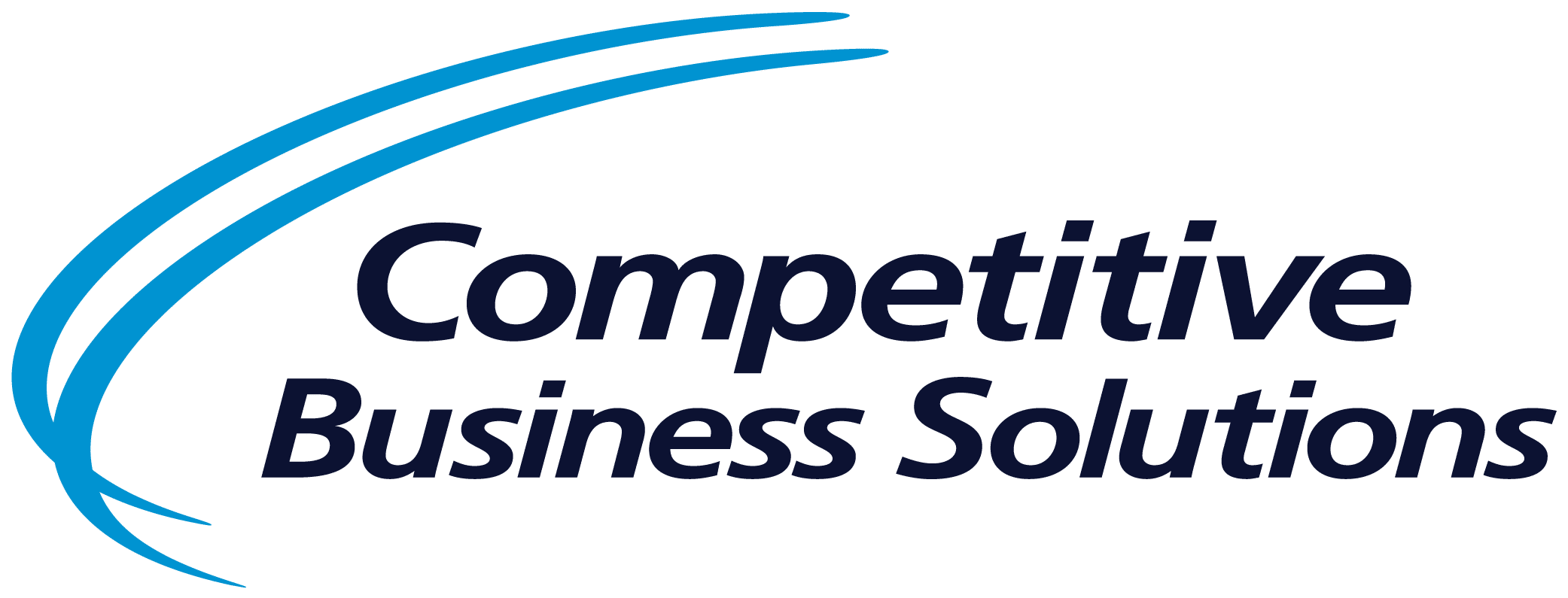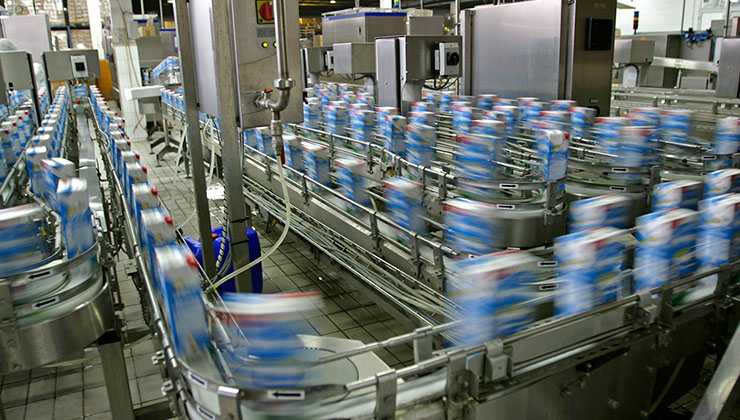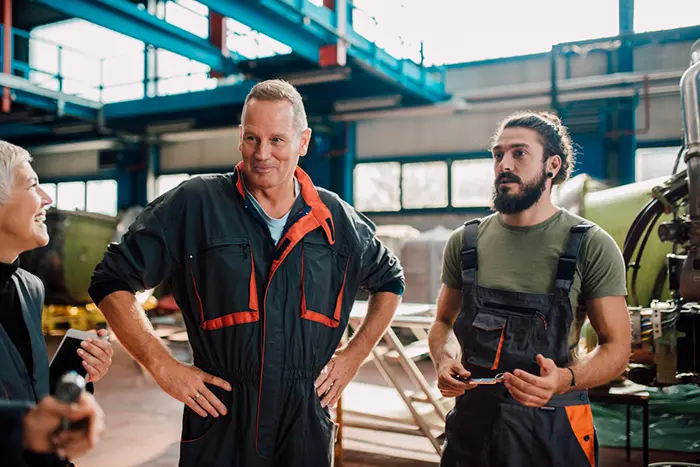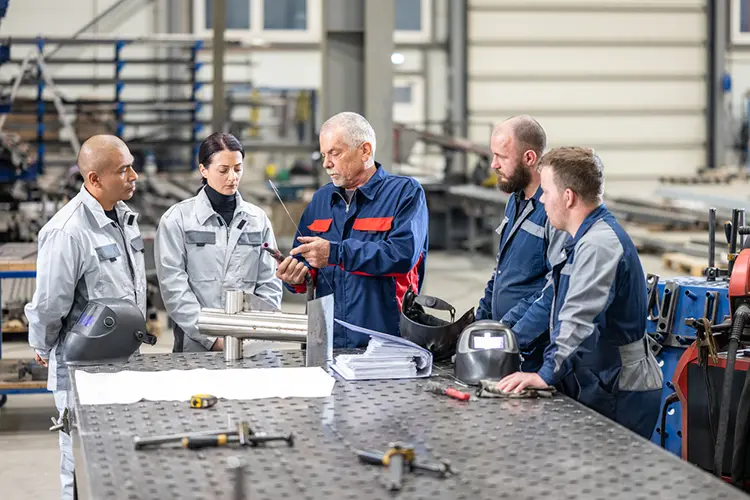SOLUTION AREA: Operational Excellence
Implementing change, particularly, Continuous Improvement initiatives like Lean or Six Sigma, is always a challenge. It is an even bigger challenge in industries not familiar with continuous improvement. Our team of consultants has extensive experience working with process industries like electrical utilities, oil & gas production, and chemical production. In many cases, our efforts were the first formal introduction to continuous improvement efforts in these organizations.
“We don’t make widgets here,” was a common challenge from leaders and employees alike. And, yes, they are correct. Typically, in process industries, there are no assembly lines or ‘U-shaped’ work cells. However, many of the CI (continuous improvement) tools associated with Lean or the Toyota Production System (TPS) can be very useful to these industries.
Though there is no assembly line with discrete products created and shipped, there are significant opportunities to improve operational processes with common Continuous Improvement /Lean tools. For example, focus on machine availability and uptime; analyze the tasks that take up time, tasks that suffer variation, leading to multiple trips to the maintenance shop, impacting available productive time. It’s important to evaluate the waste embedded in these work activities, specifically maintenance issues (waiting/delays), excessive travel (transportation/motion), missing parts and tools, quality and rework issues (defects). Use the right Lean or CI tool to eliminate or minimize waste.
Lean Tool Examples
In process industries, like power plants, refineries, and chemical plants, some helpful Lean tools include:
- SMED (Single Minute Exchange of Dies), also known a quick changeover and set-up
- Total Productive Maintenance (TPM): Standard practices for proactive and preventive maintenance of equipment and systems
- And, even fundamental Lean tools like 5S, Visual Control, and Point of Use (POU) are very useful
An Example: Detection and Repair of Boiler Tube Leaks in Steam Power Plants
Let’s reference the first set of tools – SMED or set-up reduction. These tools are useful in any industry that suffers non-value-added (NVA) set-up time for critical operations equipment. The best everyday example of set-up reduction is the NASCAR or Formula 1 pit stop. In this case, a highly-trained team executes a series of complex tasks with the least amount of time and effort.
Condenser tube failures in power plant boilers are a common problem and a major cause of forced outages. These tube failures negatively affect the efficiency of the steam turbine operations. Most plant operators make the decision to bring the plant “off line” to fix the tube failure. Taking a plant off-line is also known as a Forced Outage.
A Forced Outage is an unplanned plant shutdown to make repairs. State and Federal regulators track forced outages, assess fines and even use it to determine how much an electrical utility can charge its customers. It’s a big deal.
How did we improve tube leaks repair cycle time?
We basically followed the Kaizen methodology (another Lean tool):
- Identified current state
- Quantified waste and identify improvement opportunities
- Built a future state
- Piloted and implemented new processes
- Observed, adjusted and improved, as necessary (PDCA)
So how might other usethis approach as model? First, analyze the current state process. Then quantify process times and identify waste and opportunities for improvement. Next separate all activities into external and internal tasks. If possible, benchmark other operations for “good ideas” to incorporate. Based on this analysis and observations, bring the Kaizen team together and build an improved future state process. Next, build a plan to implement and test the new processes during the next tube leak repair. In this case, CBS challenged the team to develop a repeatable process to locate the steam leak prior to entering the boiler. We worked with the team to migrate ‘finding the tube leak’ from an internal task (machine off) to an external task (machine still on). This helped significantly reduce the time to repair leaks and return to the boiler to service.
Another significant improvement was preparing for the repair. Specific team members were identified and trained across all shifts. And, just like a pit crew, the team members had specific duties for both preparing and executing the tube repair. This included staging tools and materials ahead of time, and assigning specific roles once the boiler was cool enough to begin repairs.
The new processes were piloted, observed and refined over subsequent tube leak repairs. Over time, our client experienced tube repair cycle time improvements of 30-40%. Repairs were now measured in hours – not shifts or days. Key improvements included:
- Identifying the general location of the leaks beforehand
- Significantly reducing the process times for all internal activities (there was a very specific timeline once the plant was shut down for repairs)
- Decreasing the time to ‘cool down’ the boiler and to bring it back to service
The key to success for all these efforts is the same for any business change. Regardless of industry, resolute leadership support, disciplined execution, and a process to measure and adjust to setbacks and successes are the keys to success.
Ready to get the most out of your continuous improvement journey? We can help. Contact us to get expert advice today!
Competitive Business Solutions can guide you on every step of your CI journey. We take great pride in leading and or guiding you to solidify your CI Program to enable you to meet all of your business goals.



